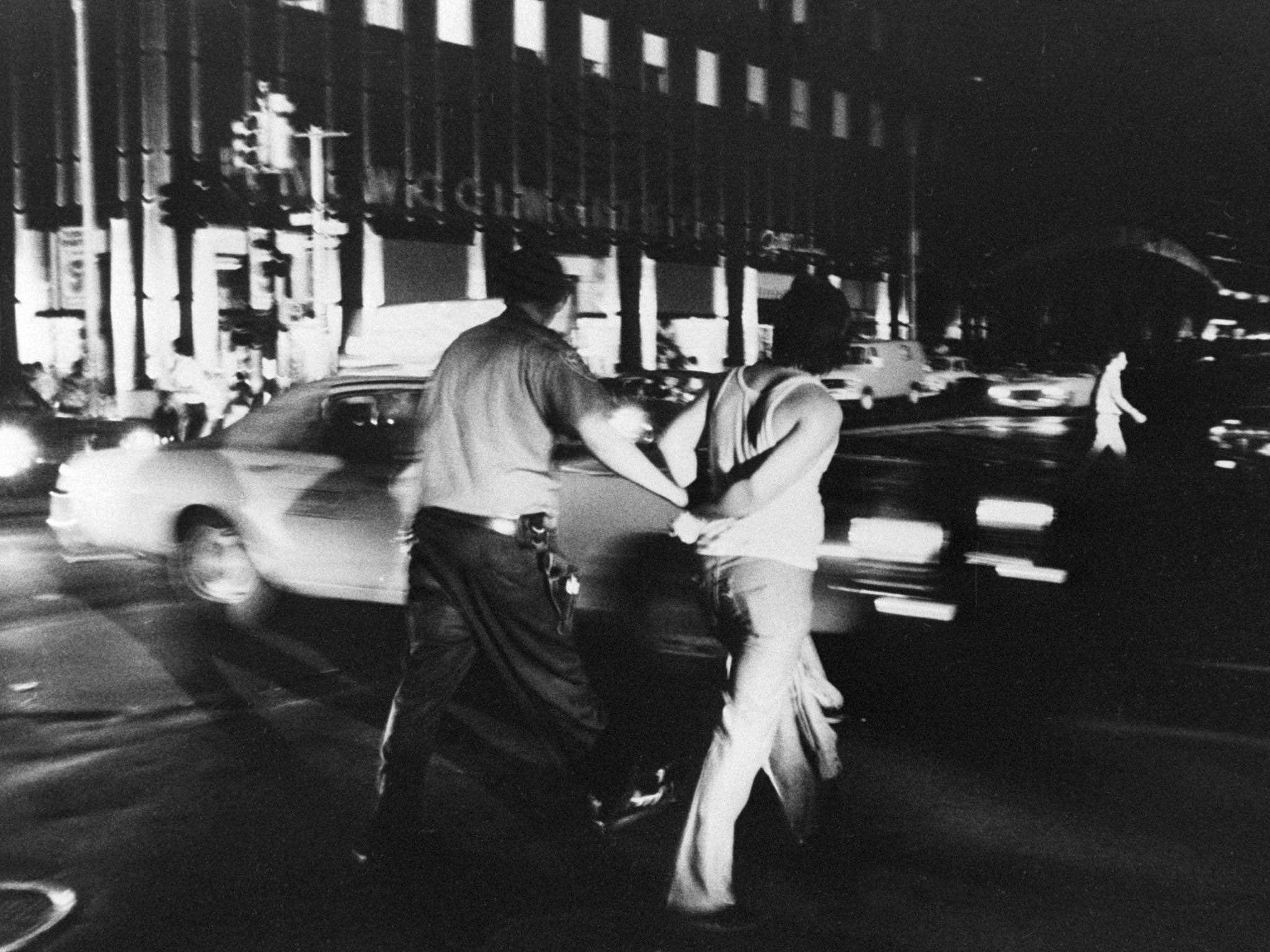City On Fire by Garth Risk Hallberg, book review: Bleak times in New York
This dazzling debut draws on Dickens and Wolfe to paint a portrait of a city in flux

Certain cities are wedded to particular moments in history, as if the zeitgeist is fundamentally intertwined in the fabric of the metropolis in question. Fin de siècle Vienna, for example; Paris in the Roaring Twenties; London in the Swinging Sixties; and New York in the Seventies, a city on the cusp of reinventing itself, fostering intense creativity – the downtown art and punk rock scenes – set against a backdrop of urban decay and sky-high crime rates. This odd mixture of chaos and possibility could be epitomised in the legendary five-borough blackout of 13 July 1977 during the intense summer heat, which heralded a night of lawlessness and civil unrest.
Beginning around Christmas 1976 and culminating in that strange, dream-like near-midsummer's night (the book's final section is a beautifully choreographed journey through the darkness during which multiple characters' lives intersect), Garth Risk Hallberg's much-hyped (film rights were optioned by Scott Rudin prior to the book selling for a cool $2m) City on Fire paints an atmospheric portrait of a city identified by the "air of abandonment and the omnipresent graffiti". Similar to the art project that seeks to "recreate the face of the entire city" made by his character William Hamilton-Sweeney, scion of a family of property tycoons who rejects his heritage in favour of the lure of a dirty needle and anonymous sex "down where the grid went crooked", Hallberg's novel is a meticulous rendering of the period and equally ambitious in scope. Cue comparisons with the Great American Novels of the latter half of the 20th century – and yes, there are shades of many, from DeLillo's Underworld and Wolfe's Bonfire of the Vanities through Tartt's The Goldfinch, to the dysfunctional families of Franzen and the conspiracy theories of Pynchon – but it's actually Dickens, and in particular Bleak House with its connection-laden plot that links the various social strata of a single city, to which Hallberg owes the most debt.
That said, Hallberg's taken what seems like an all-American crime thriller and turned it into a literary epic. His story revolves around the unsolved shooting of 17-year-old Samantha Cicciaro in Central Park on New Year's Eve. But who pulled the trigger, and how Sam, the daughter of a Long Island firework-maker, NYU student and member of the Post Humanists, utopians-turned-terrorists based in a squat on East Third Street, is connected with the Hamilton-Sweeneys, are just two of the many mysteries and intrigues.
The length – over 900 pages – will put many people off but the chapters are surprisingly wieldy, skipping between the perspectives of the vast cast of characters, keeping the reader's attention (though perhaps pointing more towards an HBO mini-series than a one-off drama). Plus Hallberg's consistently mixes it up, interspersing the story of the present with flashbacks and flash-forwards, and sectioning the book by means of "interludes" as diverse as diary entries, investigative journalism in progress, and one of Sam's zines replicated in painstaking photocopied detail.
Most impressive of all though, is that he manages to keep control of his plot, the central storyline never losing out to baggy backstories or clumsy asides.
Jonathan Cape, £18.99. Order at £16.99 inc. p&p from the Independent Bookshop
Subscribe to Independent Premium to bookmark this article
Want to bookmark your favourite articles and stories to read or reference later? Start your Independent Premium subscription today.

Join our commenting forum
Join thought-provoking conversations, follow other Independent readers and see their replies